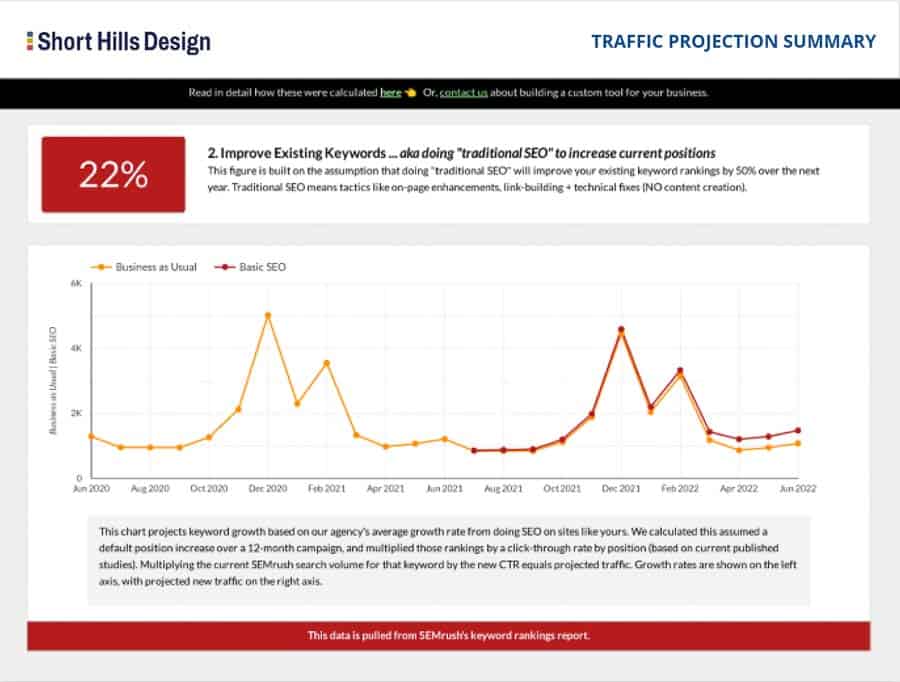Whether you are a dentist, a physician, or a small business owner, one of the best ways to drive new visitors to your website is through search engine optimization, (SEO). Recall that SEO is the process by which pages on a website are modified with specific keywords (search terms) to "tell" a search engine such as Google what a web page is all about. A sitemap is a special file that you add to your website that can help a search engine to more quickly get a thorough inventory of the pages on your website.
Practically speaking you no longer need to "submit" your website to Google in order for Google to know about your web pages. Given enough time (usually weeks to a month or two),. Google will automatically discover your website without you needing to do anything. You can think of a search engine such as Google as comparable to a "card-catalog" because a search engine maintains a list or index of web pages that exist on the Internet.
When Google or another search engine looks at a website it examines the pages on the site and adds these pages to its index. A sitemap is a file that contains a hierarchical list of the web pages that make up your website. Having a sitemap is not critical in getting ranked on a search engine -- plenty of websites rank well without a sitemap.
But sometimes a search engine will not include all of the pages in a website at first, and a SiteMap can help to serve as a bit of a backup to make sure that search engines "know": about all of your pages. There is no guarantee that a search engine will "listen" to your SiteMap, but having the SiteMap is a good practice as having it maximizes the chance that your webpages are discovered by search engines earlier then they may otherwise have been found.
Adding a sitemap to your Website is something that your web developer can do for you. If you have a WordPress-based website then the best way to add one is via a SiteMap plugin which will automatically update your SiteMap as new pages are added.

